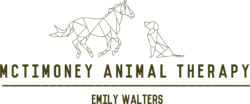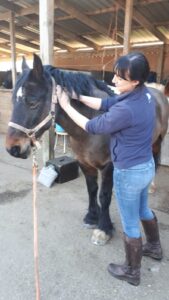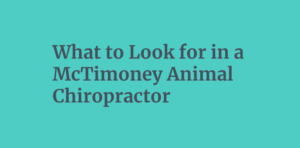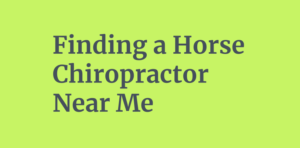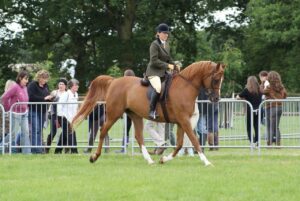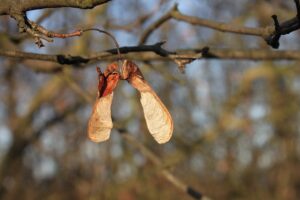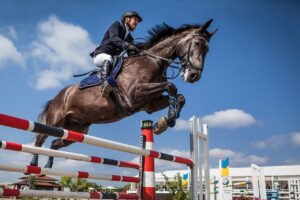We all know someone who has used equine horse massage and realised the massive benefits it provides, but maybe you are still sceptical. If you have a science mind like me you may need to see some actual proof it works, so here it is!
Equine Horse Massage Increases Stride Length
C. Hill and Crook found in their study in 2010 on ‘The relationship between massage to the equine caudal hindlimb muscles and hindlimb protraction’ that massage significantly increased both passive and active hindlimb protraction. Trotting stride length and speed were measured using video analysis. When receiving massage therapy, all eight horses improved significantly in passive and active protraction.
Mackechnie-Guire et al conducted a study using an Equissage, ‘A controlled, Blinded Study Investigating the Effect That a 20-Minute Cycloidal Vibration has on Whole Horse Locomotion and Thoracolumbar Profiles’ and found that using a cyclic massage unit has an immediate effect on the horse by altering thoracic range of motion, thoracolumbar musculature, and pelvic symmetry.
Hill et al published a paper in the Equine Veterinary Journal 2018, ‘The effects of massage to hindlimb muscles on protraction’ and found when receiving massage therapy, all eight horses improved significantly in passive and active protraction. They also showed an increase in trotting stride length and speed. In contradiction, all eight horses when receiving the sham treatment, no improvements were found on all parameters. So far, this study shows us the positive effects of equine massage on the hindlimb. Similar effects were found earlier in humans after hamstring massage which increased the ROM of the hip joint.
Equine Horse Massage Provides Relaxation
McBride et al 2004 conducted ‘A Preliminary Study on the Effect of Massage to Reduce Stress in the Horse’ and found that the preliminary results presented in this study suggest that massage may be used to induce a more relaxed, calm state in the horse.
Witold Kędzierski 2017 in his study, ‘Massage or music meant to be relaxing, result in lowering salivary cortisol concentration in race horses’ found that when race horses were regularly trained and competed in official races and once a month, saliva samples were collected from each horse to determine the cortisol concentration. Both music and massage resulted in significantly lower salivary Cortisol concentration compared to control treatment.
Kowalik et al 2016 also looked at race horses, ‘The effect of relaxing massage on heart rate and heart rate variability in purebred Arabian racehorses’. They concluded that ‘changes of the parameters throughout the season suggest that relaxing massage may be effectively used to make the racehorses more relaxed and calm. Moreover, the horses from the experimental (massaged) group had better race performance records.”
Improves post exercise recovery
There have been studies by Ohio State University that found the massaged muscles achieved enhanced recovery and function, as well as attenuated leukocyte infiltration. Overall, the massaged muscles recovered an estimated 60% of the strength after the 4-day trial, compared with restoration of approximately 14% of strength in muscles that were exercised and then simply rested.
Also an excellent literature review by Scott if you would like to find out more information on the subject.
I am a fully qualified Equine Body Worker so have a look at Equine Massage for more information.
Book an Equine Sports Massage
Areas covered in UK: Worcestershire and surrounding counties.
Book an Equine Sports Massage or Call Emily Walters on 07983 565 438
